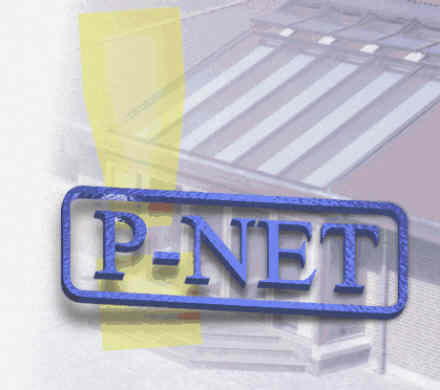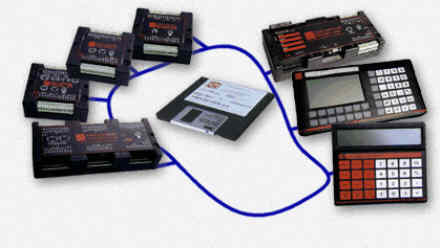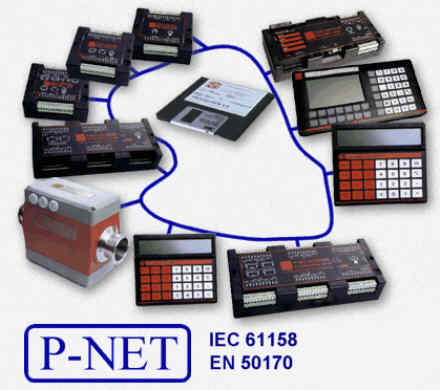


 |
 |
 |
|
|
|
|
||||
| Conclusion |
| The input/output slave modules, which often operate in collaboration with a downloadable calculator program, form very important autonomous elements within the overall automation of the building. The fact that P-NET connects and integrates all slave and master sub-systems together, produces a powerful unification of simpler environmental control and measurement tasks into a complex system, which satisfies the subtle demands of human environmental control. |
 |
| Due to the open and expandable nature of P-NET, additional modules, including those from a range of manufacturers, provided they conform to the P-NET standard, can be easily integrated into the system when required. |
 |
|||||
| Finally, P-NET is a part of the International fieldbus standard - IEC 61158, Type 4 - as well as of the European fieldbus standard - EN 50170 Vol. 1. |
 |
|||||
|
|
|
|
||||
|
|
International P-NET User Organization
P.O. Box 192DK-8600 Silkeborg Denmark |
 Send us an e-mail |